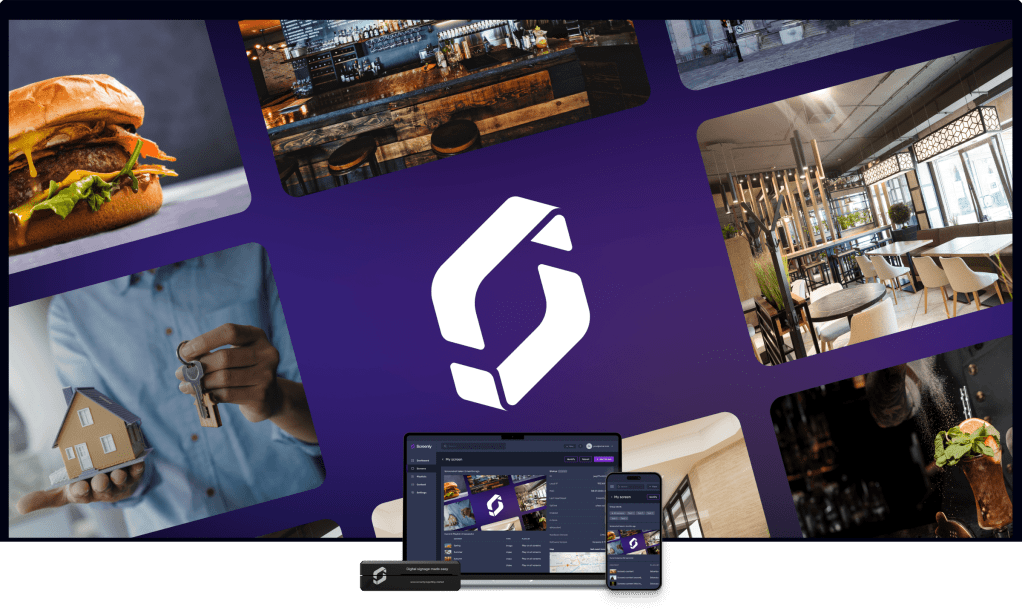Screenly has long offered developers ways to build applications for the kiosks and checkout systems that use its Screenly Box hardware (or a Raspberry Pi, for the DIY crowd). Its customers include the likes of Amazon, NASA and Lowe’s. Today, it’s taking a next step in making it easier for developers to build applications for its platform with the launch of Edge Apps.
These new Edge Apps can run right on the device, so unlike devices that rely on content served from the web, they will even run when the internet is down. And because they run locally, load times and latency are also reduced.
“At Screenly, we’ve managed screens at scale for over a decade. We have solved all these complexities,” Screenly CEO Viktor Petersson said. “With Edge Apps, we enable developers to concentrate on crafting their applications using well-established web tools. We manage the intricacies, from device management to security patches, aiding businesses in reducing expenditures and expediting their time to market.”
Petersson noted that a lot of the company’s customers wanted a better way to build more complex and resilient applications — as well as the ability to work with local hardware, including sensors and printers.
The promise of Screenly and its new Edge Apps platform is that developers will be able to focus on the application, while Screenly handles app distribution, device management, the operating system and security functions.
“Over the last decade, we’ve built what is arguably the most secure digital signage platform in the industry,” Petersson said. “It has always been severely over-engineered for just showing images, videos and web pages. Which is why we are able to enter the next phase of Screenly: opening up our screen platform to developers.”
To write these Edge Apps, developers can reuse their existing web development skills. Petersson also noted that it helps to be familiar with serverless tools like Cloudflare Workers and AWS Lambda to provision their applications, since it’s using very similar concepts. To help developers get started, the company created a number of demo apps that showcase the platform’s capabilities.
“Our platform offers an easier learning experience than many others,” Petersson said. “It’s designed to be both user-friendly for beginners and as dependable as a traditional desktop app.”































Comment